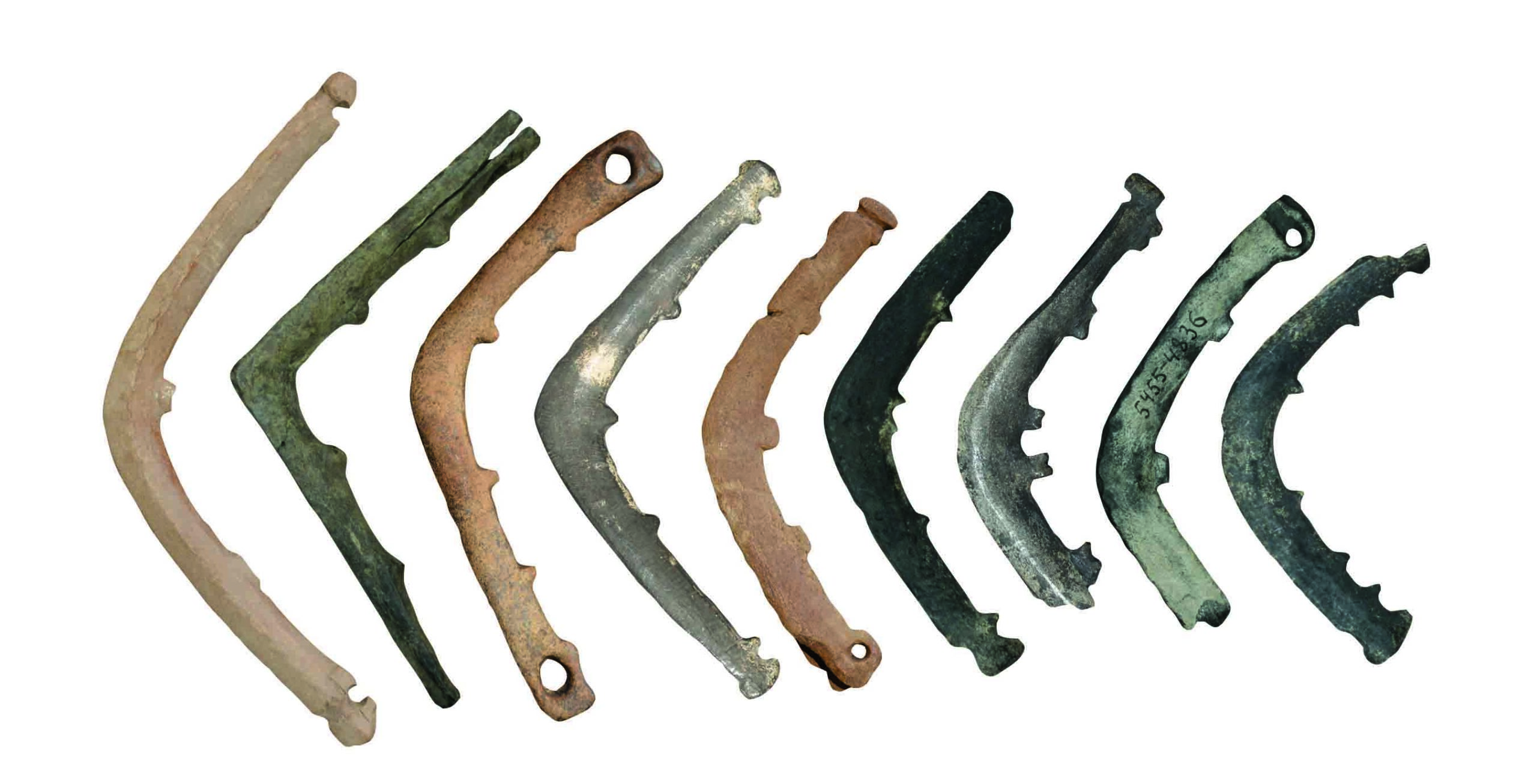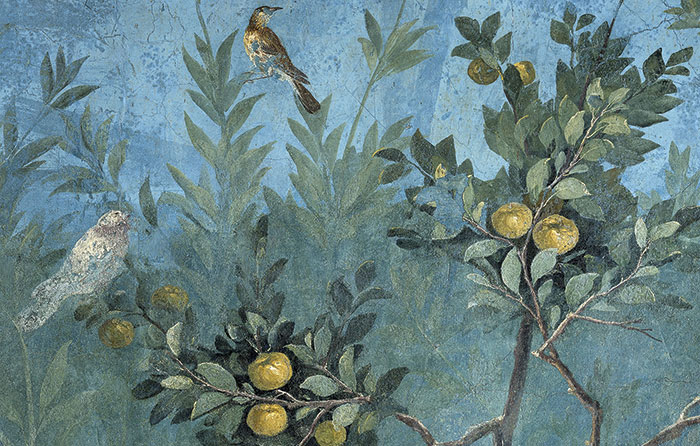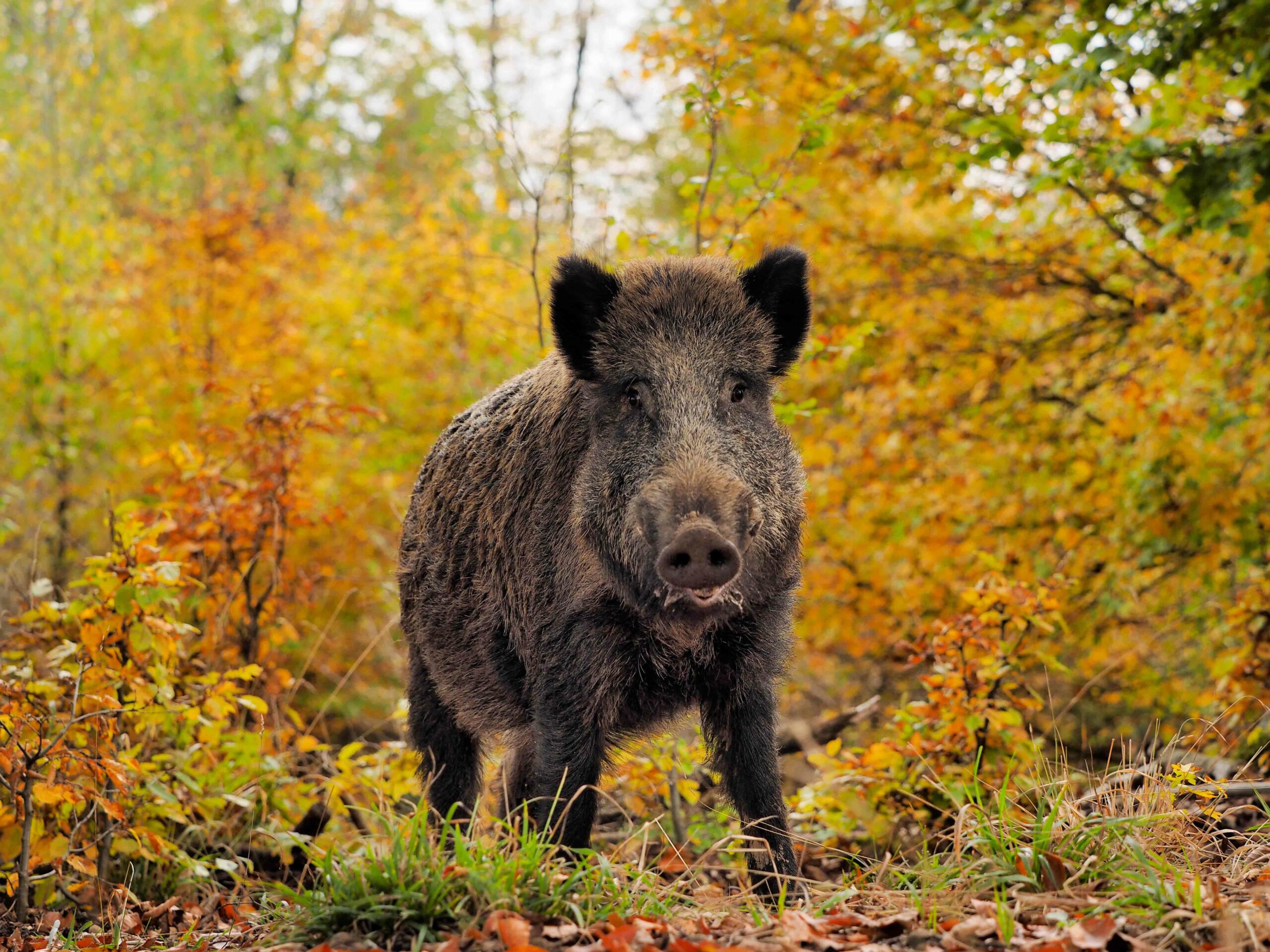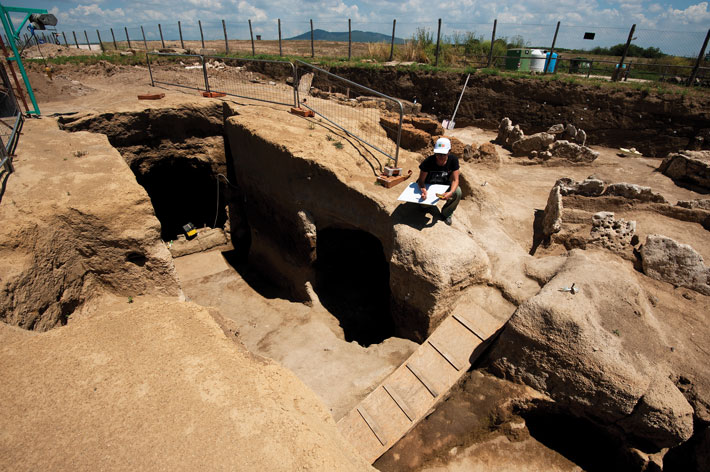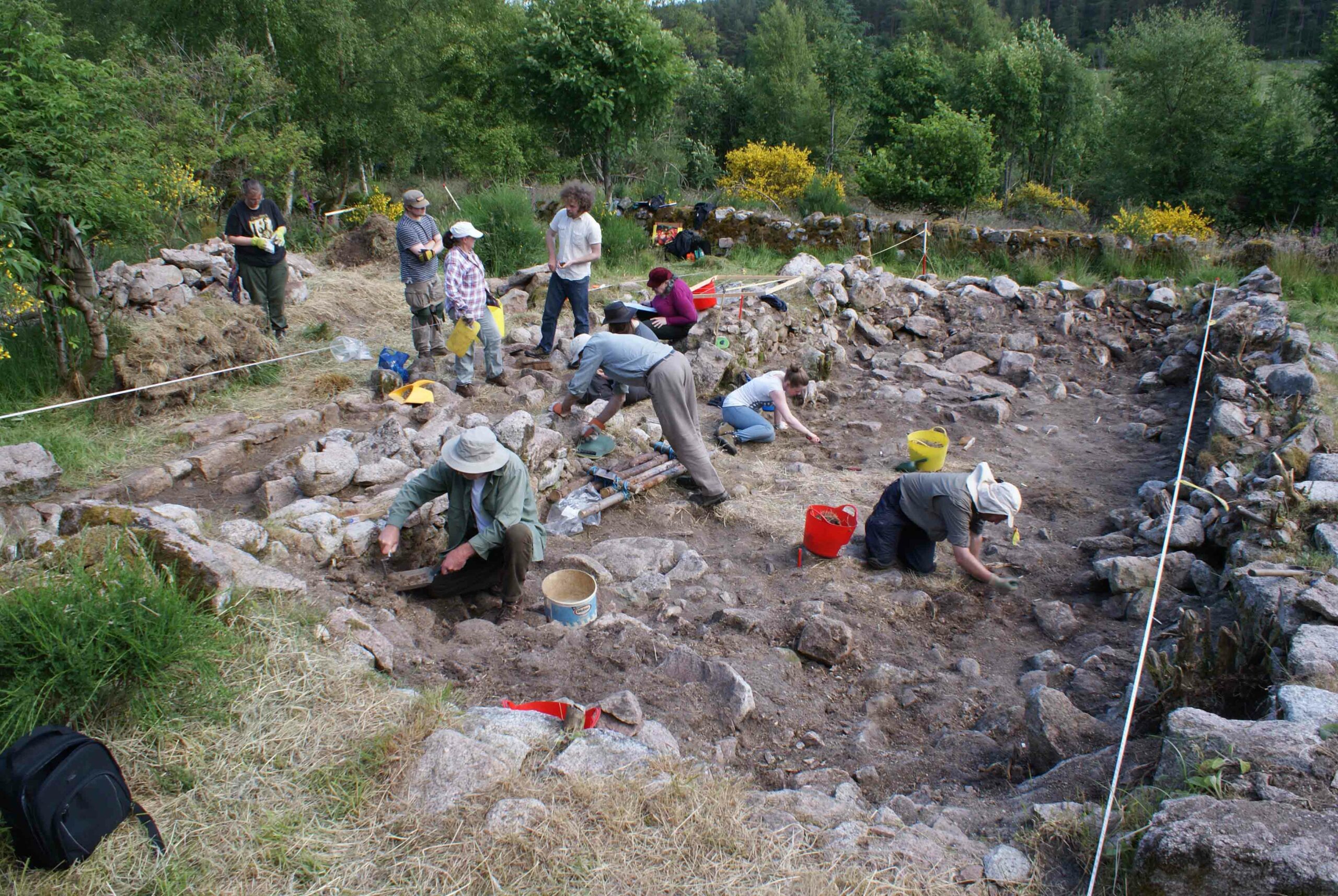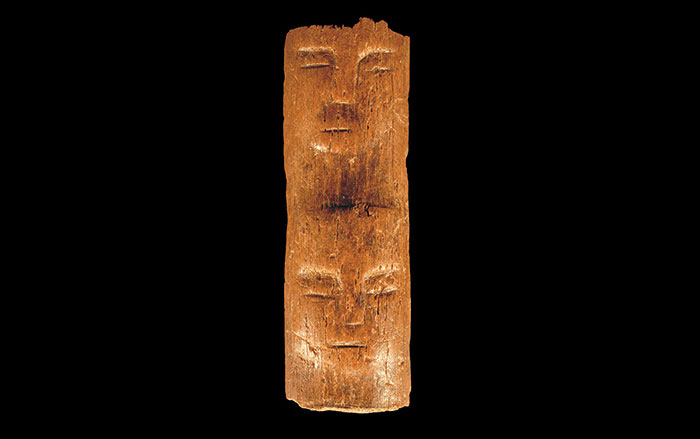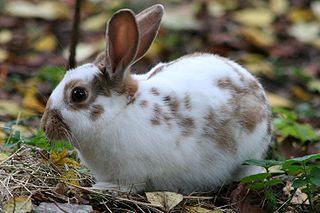
UPPSALA, SWEDEN—The relatively recent domestication of the rabbit some 1,400 years ago in France makes it an excellent model for the study of the domestication of animals and the development of agriculture. To begin, an international team of scientists sequenced the entire genome of one domestic rabbit as a reference genome assembly. Then they sequenced entire genomes of six different breeds of domestic rabbits, and wild rabbits from taken from different locations in the Iberian Peninsula and southern France. Science Daily reports that the team found domestication occurred, not through changes in the genes that are present, but through small changes in how and when the genes are regulated and used in different cells. Many of those genes altered by domestication are involved in the development of the brain and nervous system, explaining the drastic differences in behavior between domestic and wild rabbits. “We predict that a similar process has occurred in other domestic animals and that we will not find a few specific ‘domestication genes’ that were critical for domestication,” explained team member Leif Andersson of Uppsala University.



